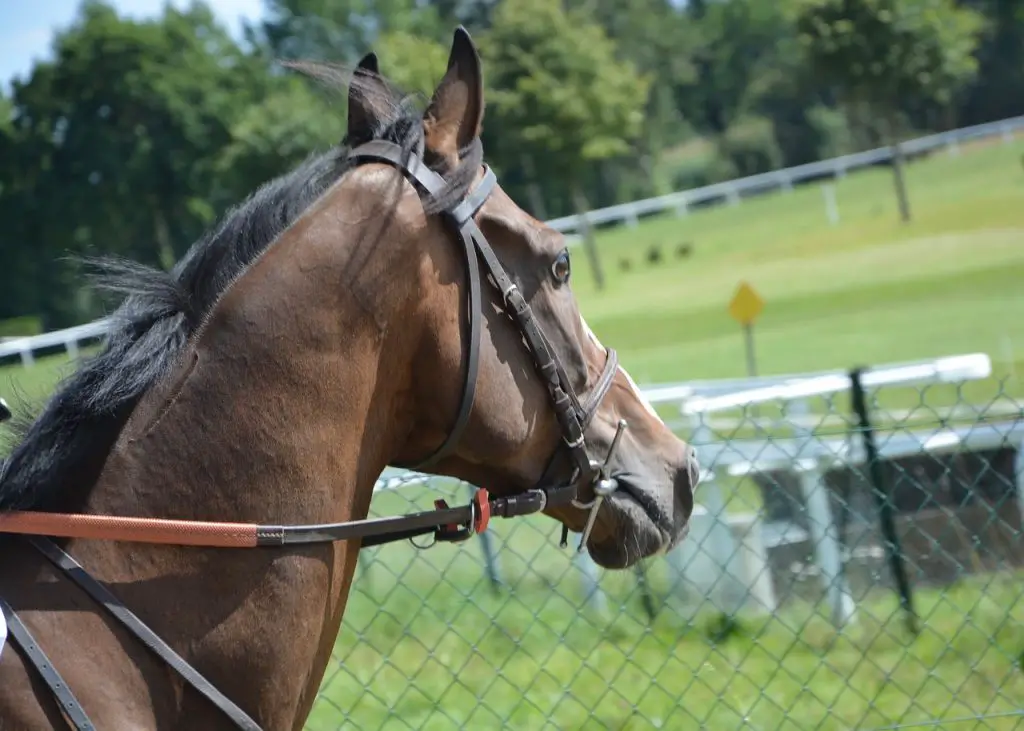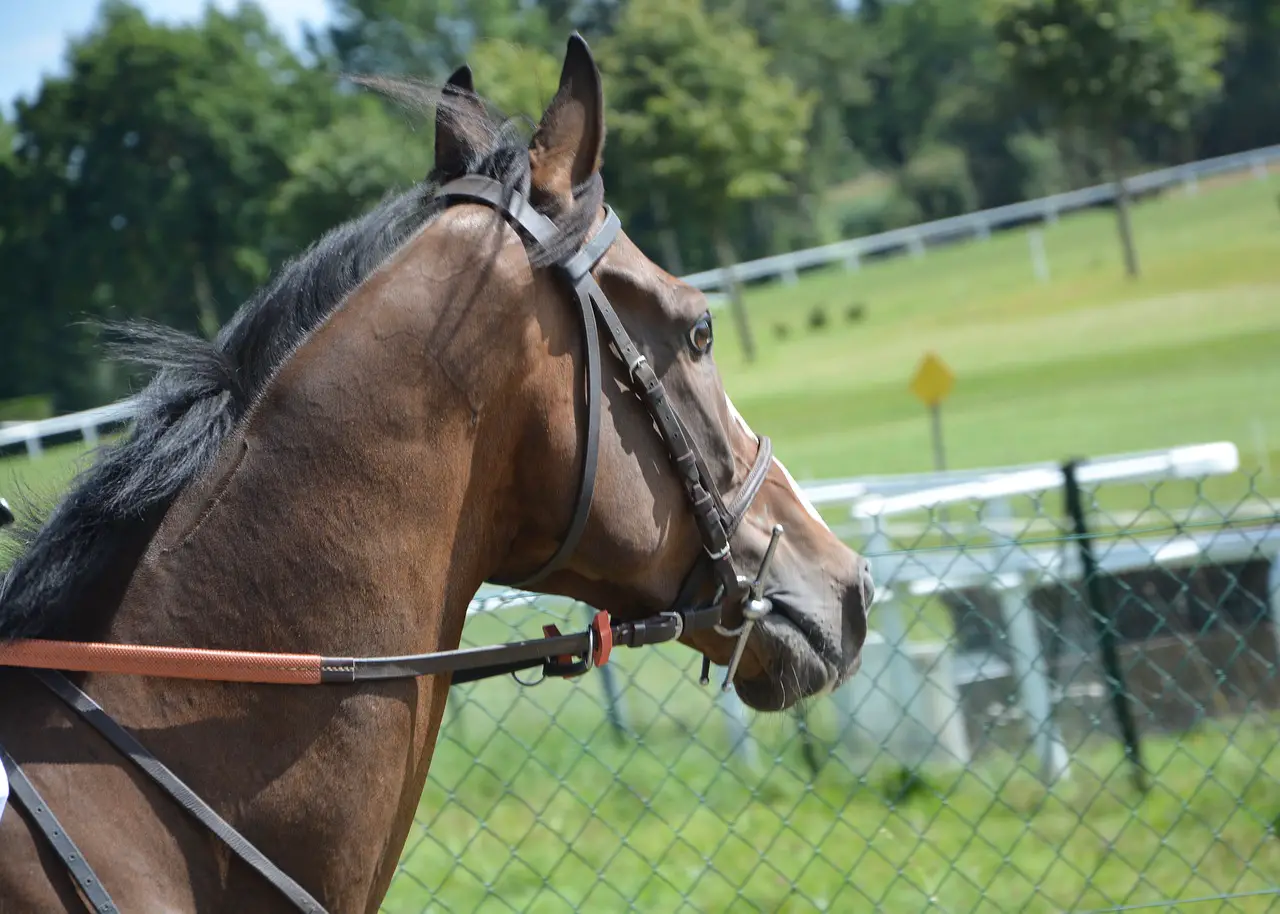Last Updated on March 11, 2022 by Allison Price
My trainer taught me how to bridge my reins when I first started eventing in 1983. The bridge was a safety device that gave me more control, gave me a steady contact with my horse, and prevented the reins from sliding through my fingers or being pulled through by a strong horse. Since then, I have found that I use the bridge to hold my reins in place a lot. This is very helpful when you are hacking and need to hold the reins with one hand, when your hands are quiet, when you have to control your horse’s movements, or when pulling back. It keeps me from teasing my horse’s face when I approach a fence.
The bridge is achieved by folding or crossing the reins. Once that’s done, place the fold across the neck of the horse. Then, press down on each side of the horse’s neck to remove any loose reins. The bridge is located approximately where a breastplate or martingale’s neck strap would be.
Although bridging your reins can be done easily, there is one product that makes it easier to switch between unbridged and bridged reins. Mailer Bridging Reins were something I probably should have purchased years ago. It would have saved my trainers a lot of time from shouting “shorten YOUR reins!” about a million times.Although the reins are conventionally designed, they have four pairs very discrete scalloped leather grips. A bridging strap that can be adjusted is fastened to the inside of the grips, and crosses from one rein to the next. This bridge allows the rider to maintain control of the horse without limiting it unnaturally.

You hold your reins as normal, but you will need to turn your hands to face your thumbs as you adjust the reins to the bridge. The rein will pass through your thumb, finger, and then cross your horse’s neck. It will continue to travel across your other hand until it reaches your thumb, finger, and thumb. This creates a bridge by crossing the reins on both reins. Next, return your hands to normal while keeping the bridge.
Bridging the reins provides a little more security for horses who try to take the reins off of their hands. Bridging the reins is a common technique for riders riding forward cross-country. It also helps those who open their fingers and allow the reins slip through their fingers, or who lose contact due to poor handling. The horse is not restricted and the rider can regain contact. It helps riders maintain contact while they learn how to judge contact. Bridging the rein allows beginner riders to be aware of the position of one hand relative to the other. This technique helps keep the hands from getting too high and maintains the proper spacing.
The technique can be beneficial for both fussy horses and riders who have trouble controlling their horses.
You can bridge reins to one hand, so you can ride solo over jumps. This helps to maintain balance and prevents the rider from leaning on her horse’s neck. This helps with exercises such as jumping with one arm out to the side. To bridge the reins, simply hold the outside rein as normal, and then place the inside rein on top.
My reins are often bridged. I use a single-hand bridge when hacking out. When hunting, I use the bridge to prevent my reins from sliding through my hands. A better option is to hook my finger through my neckstrap. This allows me to feel solid in my contact, but not like I’m pulling on my horse’s mouth.



